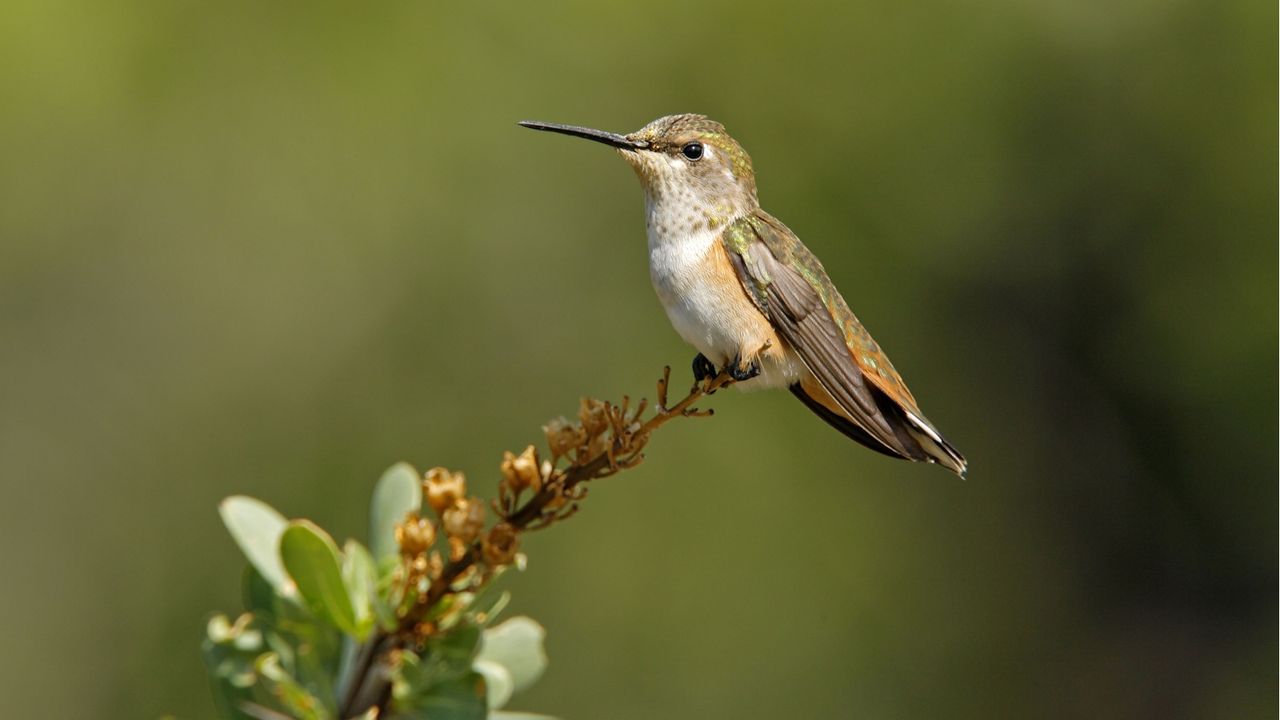
As the temperatures drop and fall settles in, the charming hummingbirds of the US start to head south. This migration is part of their overwintering process, heading to warmer climes for the frostier seasons. Those living in California, Texas, or Florida are likely to spot them during winter, as this is where hummingbirds overwinter.
If you're invested in the hummingbird migration and live in these states, there are lots of things you can do to attract hummingbirds to your yard and help them during fall and winter. Food, shelter, and peace are fundamental at this time of year for hummingbirds, which is why you should turn your attention to providing these elements for them.
Here, an ornithologist shares her insights into where hummingbirds overwinter and what specifically can be done in the yard if you live in a state where these birds swarm.
Where do hummingbirds overwinter?
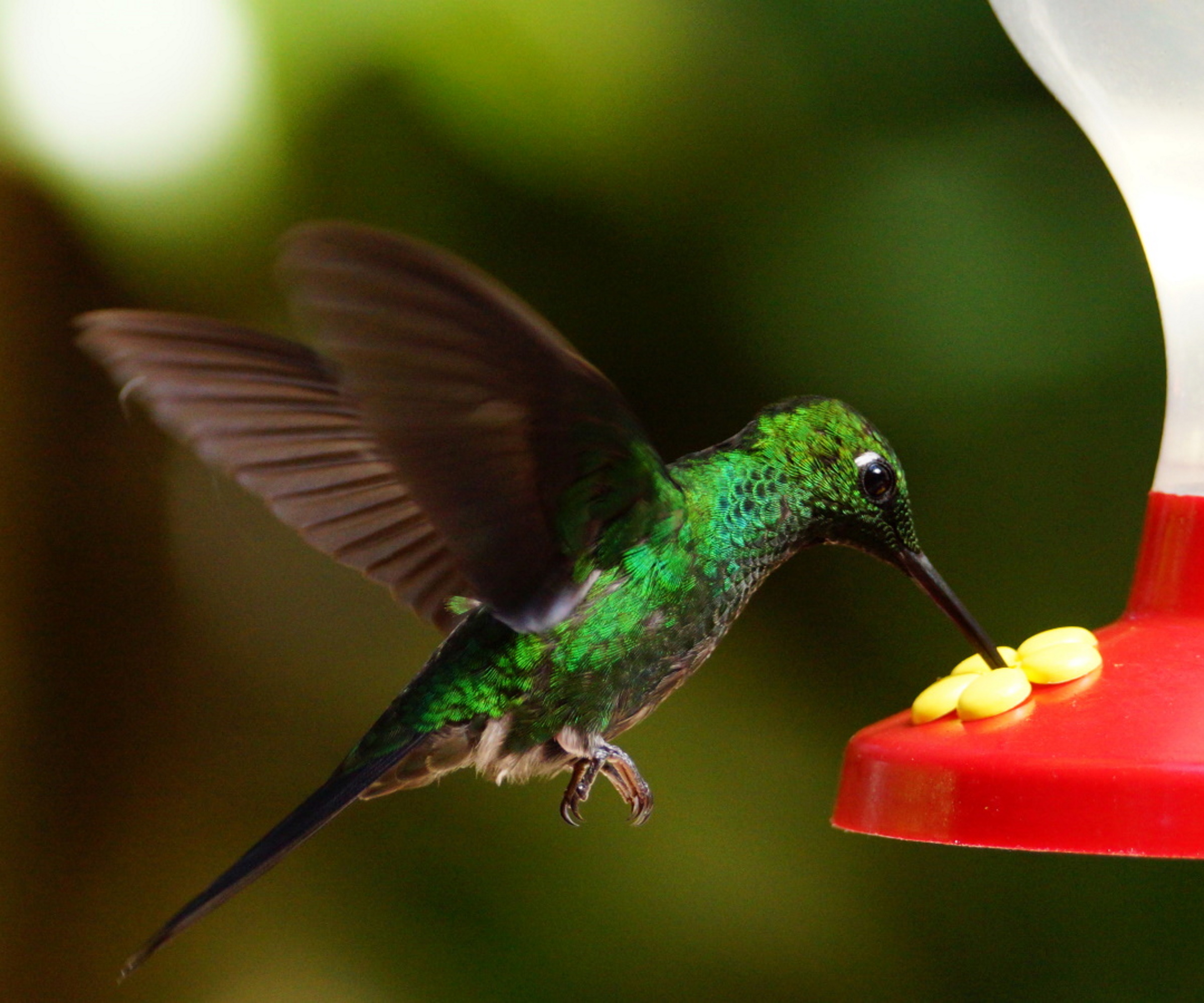
Hummingbirds are found in larger populations in California, Texas, and Florida during winter. These US hardiness zones provide warmer temperatures for these birds to get through the coldest season.
'California boasts two year-round resident hummers: Anna's Hummingbird and a subspecies of Allen's Hummingbird,' says Mary Mack Gray, ornithologist and ecologist.
'Allen's Hummingbird was delineated into two subspecies based on their migratory tendencies: Selasphorus sasin sasin migrates to central Mexico for the winter while Selasphorus sasin sedentarius remains in southern California year-round,' she explains.
Meanwhile, the Ruby-Throated Hummingbird can be found throughout eastern states. For overwintering, they head to Florida.
'While Ruby-Throats are primarily migratory, they are increasingly overwintering in Florida and southern Gulf Coast states due to climate change,' Mary explains.
'Current research indicates that the individuals that overwinter in the US are actually migrants from further north in their range (Canada) that choose to stop their southward migration before crossing the Gulf of Mexico.
'The Gulf of Mexico in particular is a hummingbird hotspot where hummers often gather before or after crossing the Gulf of Mexico, so Gulf Coast states (Florida, Louisiana, and Texas in particular) have a high probability of encountering hummingbirds as they migrate,' Mary adds.
During the fall and winter season, those living in these states are likely to spot hummingbird nests and have frequent visitors to hummingbird feeders (like this one from Amazon).
3 ways to help overwintering hummingbirds
If you have overwintering hummingbirds in your yard, you may not be used to spotting them throughout the other seasons and may be unfamiliar with the best ways to support them. To help you out, Mary shares her top three ways to help overwintering hummingbirds:
1. Grow native fall and winter plants
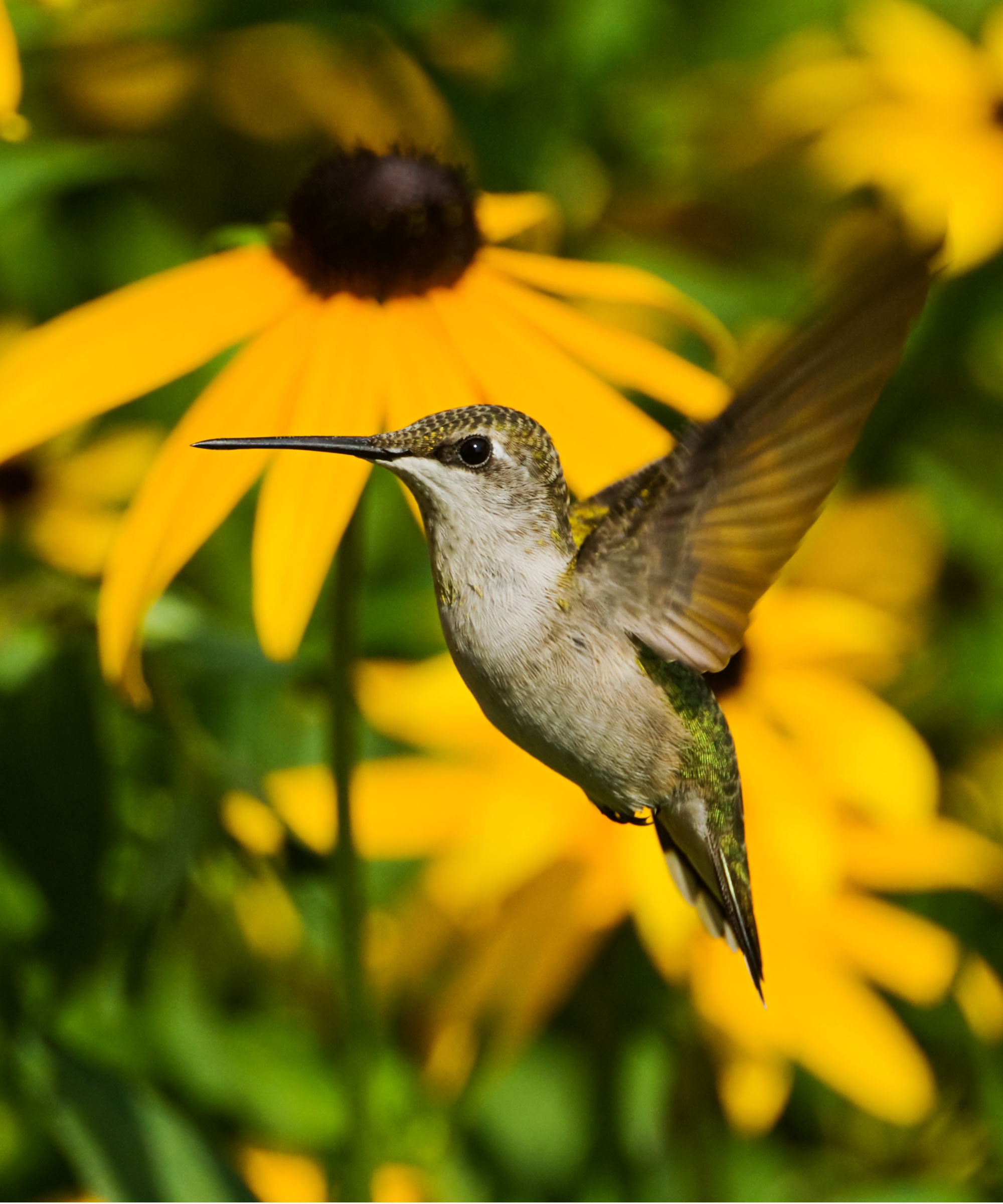
The best way to help hummingbirds is by incorporating native planting in your yard. This provides nectar-rich blooms for these feathered friends to feed from. However, by the time fall and winter roll around, this resource can be scarce.
'Maintaining native flowers year-round not only provides habitat, shelter, and nectar that hummingbirds depend on, but also encourages healthy communities of native insects that hummingbirds also prey upon,' Mary explains.
Winter native blooms include witch hazel (starter plants from Amazon), Texas betony (seeds from Amazon), and chaparral currant.
For an extra food source, you should also hang a hummingbird feeder (like this one from Amazon) and keep it topped up with hummingbird nectar feed (from Amazon).
'Maintaining trees that attract hummingbirds and shrubbery in which hummingbirds can shelter and feed can also provide a little additional warmth via microclimates created by plant respiration,' Mary adds.
2. Keep hummingbird feeders clean
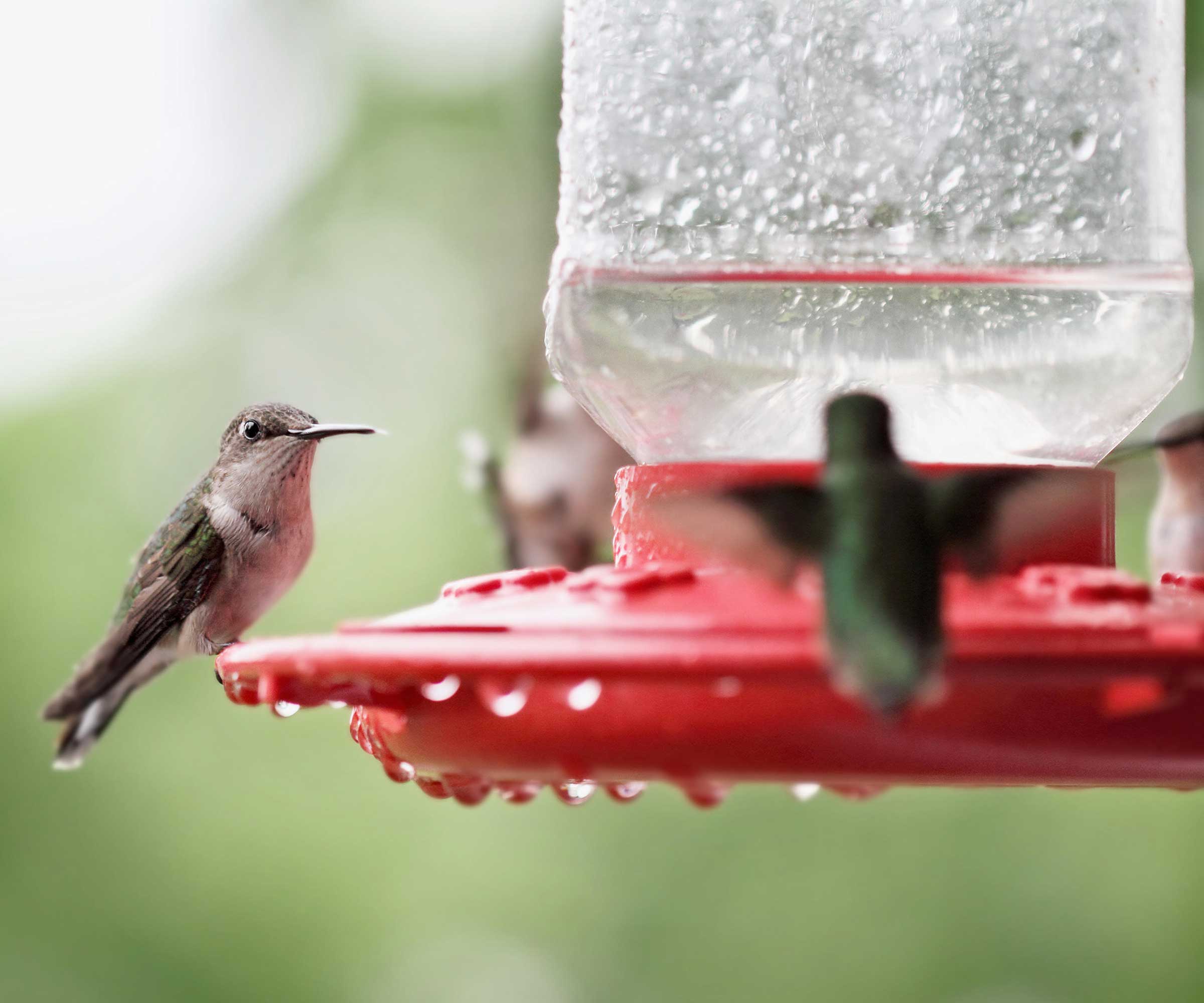
Speaking of hummingbird feeders, these vital resources need to be kept clean during the fall and winter months. 'Neglected hummingbird feeders attract pests that can pose a health threat to hummingbirds,' Mary warns.
To clean hummingbird feeders, you can use a hummingbird feeder brush (from Amazon) to clean the separate feeding holes.
Failing to do so could lead to black mold on hummingbird feeders, which can make these birds ill. That's why you should take down your hummingbird feeder if you aren't able to keep on top of this maintenance, to create a safer environment for these birds in your yard.
You should also take care to stop your hummingbird feeder from freezing, which can be done by bringing it inside at night and hanging it up again early in the morning when the birds become active.
3. Watch out for curious pets
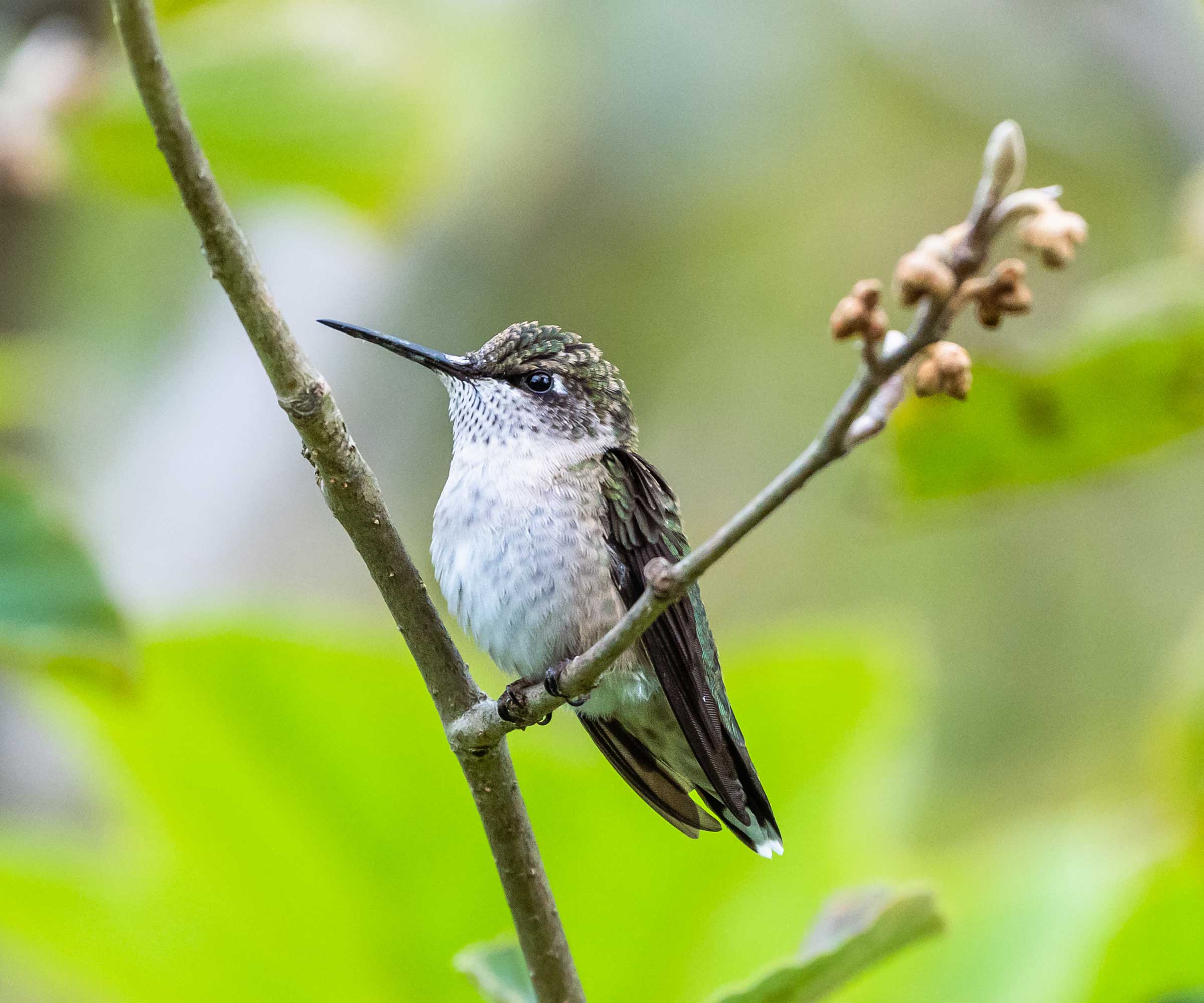
While overwintering, hummingbirds are looking for a quiet and peaceful spot to rest. Curious cats can become a nuisance for this reason, scaring them away and even causing injury if they get too close.
'It's best to keep cats indoors and supervise them in the yard when you have hummingbird visitors,' says Mary.
There are lots of other things you can also do to protect garden birds from cats, including putting a cat bell (from Amazon) on collars to warn hummingbirds and creating a 'catio' – a fenced off area of your garden for cats to use, away from your hummingbird nook.
FAQs
Do hummingbirds need nesting materials in winter?
'The breeding season for most North American hummingbird species runs from April-August (mostly May-July), so they aren't looking for nesting materials outside of that season,' says Mary Mack Gray, ornithologist and ecologist.
So, no, it isn't necessary to provide hummingbirds with nesting materials in winter, though this hummingbird nesting materials kit from Amazon is a valuable addition to your garden to support hummingbirds at other times in the year.
Another way to support hummingbirds as we transition out of summer is not deadheading perennials for hummingbirds. These are late season and early fall blooms that are still providing plenty of nectar for these birds.







